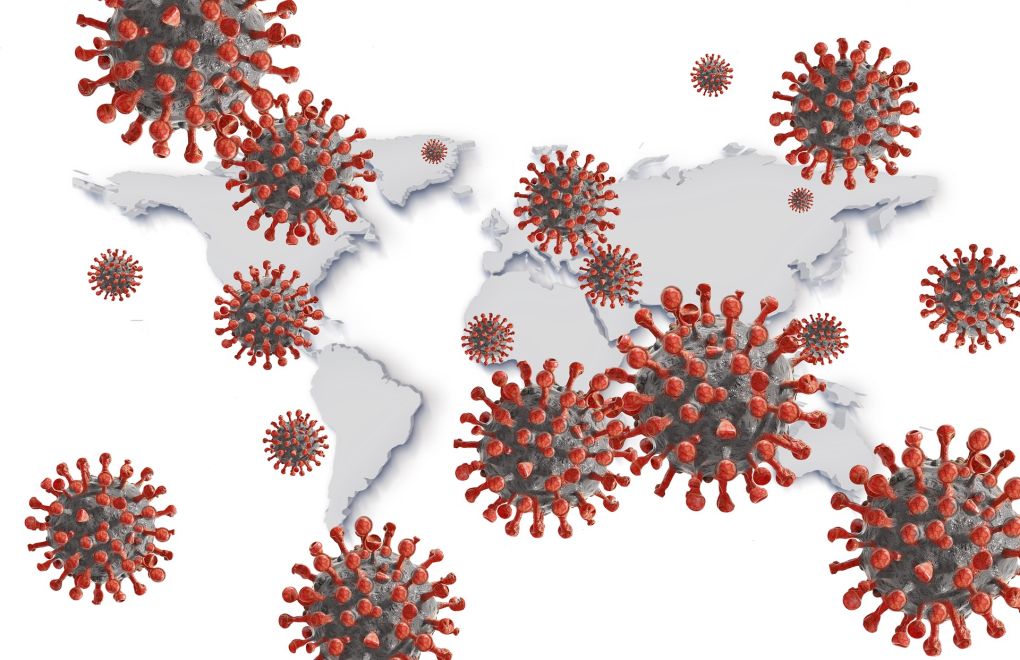* Photo: Pixabay
Click to read the article in Turkish
"We usually express the fatality rate as 2-3 percent; if the disease is transmitted to 100 people, 2-3 people will die. If 100 thousand people get infected, 2 thousand people will die and if 1 million people catch the disease, 20 thousand people will lose their lives.
"If we can reduce the infection rate, we can also prevent the disease from infecting a large number of people and keep the number of deaths low."
That was how the Turkish Medical Association (TTB) clarified what R0 (R-naught) or "reproduction number" was.
'The aim is to reduce it under 1'
Speaking to bianet about the "normalization" measures in Turkey amid COVID-19 pandemic, Emergency Medicine Specialist Dr. Başar Beyoğlu previously said, "The end of the outbreak will come when we reach the point that we call R0, which refers to the time when the number of a patient who infects others in a society vulnerable to infection drops under 1."
Within this context, he added, "Loosening the measures, unfortunately, does not eliminate the problem in question."
'It tells us how effective measures are'
Turkey-based Evrim Ağacı (Evolution Tree) scientific news website has also released an article about R0.
Indicating that R0 or "reproduction number" refers to "the average number of people who will contract a contagious disease from a single person who has the disease," the website has shared the following information:
"For instance, the SARS-CoV-2 virus, which has caused the COVID-19 outbreak, is estimated to have a reproduction number of 1.4-2.5. In other words, each person carrying the virus can infect 1.4 to 2.5 people (so roughly 1-3 people) on average. This figure was around 0.7 in the MERS outbreak; so, it is much higher than that of COVID-19.
"This number was around 2-5 for SARS and, during that outbreak, 8,000 people caught the disease and at least 774 people died."
As reported by BBC Türkçe, not only the number of cases and losses of life are taken into consideration when R0 is calculated. In addition to these data, other factors such as the periods of incubation and contagiousness, the mode and method of transmission are also included in the calculation:
"For instance, in case this number is 3, it means that - if no measures are taken - a person who has the virus will infect 3 people in an environment where there are people who do not have the virus or who are not vaccinated. Scientists use R0 to determine how contagious a virus is."
Speaking to daily Telegraph, Prof. Jonathan Ball from the Molecular Virology Department of Nottingham University says, "In addition to giving an idea about the number of people to be infected with the virus, this number also tells us how effective the measures taken are."
'A number that will shape the lives of us all'
Evrim Ağacı explains the importance of this number as follows:
"Reproduction number is an important number because based on this number, it can be determined whether the outbreak will turn into a global crisis or not and, if yes, how much of its contagiousness needs to be prevented so that it will not lead to a global crisis."
In an article published on the New York Times, R0 was also defined as a number "that may soon shape our lives."
In April 2020, the World Health Organization (WHO) announced the R0 of the novel coronavirus (COVID-19) as between 2 and 2.5.
However, in its article published on the Emerging Infectious Diseases, the CDC has indicated that the R0 of COVID-19 has increased to 5.7, which means that one person can infect 5 or 6 others. (These numbers are derived from calculations made about the whole world.)
Health Line has also written, "With an R0 of 5.7, at least 82 percent of the population needs to be immune to COVID-19 to stop its transmission through vaccination and herd immunity." (AS/SD)








